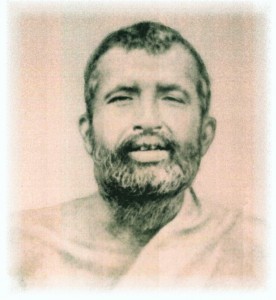
Sri Ramakrishna
The devotees would often approach Sri Ramakrishna to get their doubts about spiritual life clarified. They would ask him about various types of aspirants, the role of a guru or a spiritual teacher in the life of a sadhaka, etc. In particular, they would express their amazement at the spiritual strength or power of some of the spiritual aspirants who live in close proximity to their gurus. Sri Ramakrishna would patiently answer them. He would often refer to two types of spiritual aspirants, namely the jivakoti and the ishwarakoti. He would say that the jivakotis are normal spiritual aspirants, who have to struggle hard to get some spiritual enlightenment. They need the grace or guidance of a guru, and he would compare them to the outer pillars of a huge prayer hall.
The ishwarakotis are those spiritual aspirants who are born with exceptional samaskaras or spiritual tendencies. They are virtually born free and remain practically untouched by the vagaries of earthly life. They come down on earth as the companions of the Lord or avatara, and take part in his divine sport or play. They are like the inner pillars of a huge prayer hall. The avatara of God descending on earth can be compared to a huge prayer hall which is capable of giving shelter to countless spiritual aspirants or seekers of God. The ishwarakotis are like the inner pillars who virtually are responsible for the real strength of the prayer hall. It is because of them that the outer pillars, i.e. the aspirants who are on the fringe, get the support or grace of God. The ishwarakotis develop tremendous spiritual insights about the divine play of the avatara and in turn become conduits for spreading his grace and message. But Sri Ramakrishna would assure the devotees that even a jivakoti or an ordinary spiritual aspirant can reach the ultimate goal of life or get spiritual illumination through faith, devotion and sincere spiritual struggle.
-by Swami Shantatmananda, Sunday Guardian, 14th Mar 2015
